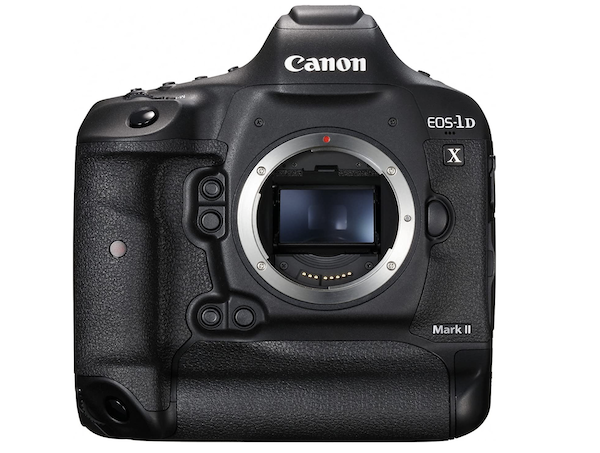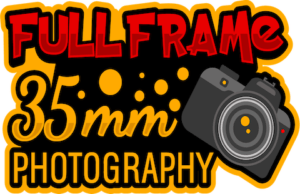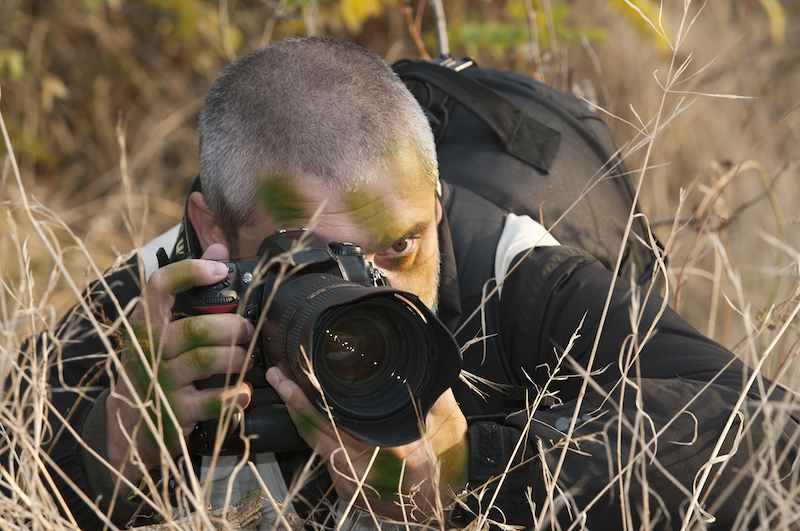War is hell. There are no two ways about it. If you’re reading this article and you’re thinking about getting involved in war photography you must understand two things:
- This is absolutely and without a doubt the most harrowing and challenging type of photography you can possibly get involved in.
- You will need to invest in the best equipment money can buy, and you’ll need to be the best YOU can possibly be.
However, now we’ve got the ominous warnings out of the way, are there any positives? Well, if you can take this type of job and enjoy it (many do), it can be incredibly rewarding.
Photography is a noble profession. Photographers capture crucial moments. Their photos show the realities of human life. If you’re into photojournalism, you might want to try war photography.
As a war photographer, you’ll be putting yourself in the frontlines. You’ll be capturing people’s hardships, joy, and even death as caused by war. By the way, you should know that you might experience bullets barely missing your head and hear the booms of bombs exploding from a distance.
Though it’s extremely perilous, war photography is a memorable undertaking. If you survive, you’ll be sharing photos that tell people all around the world about the realities of war. Through your photos, people will see the dread, heartache, grief, despair, and hope of individuals.
Can War be Rewarding?
“High risk, high return”, as the saying goes. This is extremely true for war photography. Taking photos at the warzone will hone your skills as a photographer. You will develop patience, courage, timing, and style.
That being said, some successful photographers established their stable careers in the field through war photography. A good example is Paula Bornstein.
Bornstein’s photos clearly show the effects of war in Asia and the Middle East on human rights and civilian welfare. This eventually made her an award-winning photojournalist.
Study history again and you’ll discover that photos helped to end the Vietnam war. Photos taken from the battlefield which were sent back to the US showed people how costly and dreadful the war was for American soldiers.
This resulted in a lack of support from the populace that made US leaders pull troops from Vietnam and concede defeat.
To make my point, I’ll say that war photography is really rewarding. So if you’re one who’s not afraid of gunfire and has the courage to risk your life on the line for the sake of taking photos, then get your equipment ready because war photography is waving at you!
Required Equipment and Ideal Locations
Now let us talk about what equipments you will be needing and what are some possible difficulties that you may encounter as a war photographer.
First, let us talk about ideal destinations for war photography. War photography is about capturing crucial moments inside the battlefield with your camera so its ideal that you aim to go to places where armed conflicts are happening.
Ukraine, Cameroon, Syria, and Afghanistan are some of these.
The Philippines is also a good location due to the never-ending standoff between the rebels and the national government. Venezuela and South Sudan are also good candidates due to the increasing political turmoil that they’re experiencing.
So what equipments should you have? As a war photographer, you need to have a pro-grade camera that’s sturdy captures quality pictures in various conditions has long-lasting batteries and is comfortable to use.
Expect that when taking photos you will do a lot running since you will have to catch up to soldiers or get away from potential danger. Expect to get wet because you will be taking photos even when it’s raining.
Weather cannot stop individuals from shooting each other. This is why a sturdy camera that’s weatherproof is really handy.
There will be times when you have to take photos at pitch dark conditions. A camera that’s unaffected by darkness is useful at times like this, Also, be sure that the camera that you’re using has long-lasting batteries since warzones rarely have electricity running.
Before we head to the next section, I recommend that you go on warzones where the U.S. or U.N. is involved since they’re a lot safer and the media are provided with support.
Engaging in war photography is not a walk in the park. There are lots of paperwork to be processed so it will help if you try to lean on media organizations or companies to get approved.
Two Great Choices
The first is the Canon EOS 1DX Mk2, and the second is the Nikon D5.
I will very quickly run through the technical specifications here:
Nikon D5

- Nikon D5 Key Specs
- 21MP – Full-frame CMOS Sensor
- ISO 100 to 102400 ( expands to 3280000)
- Nikon F Mount
- 3.2″ Fixed Type Screen
- Optical (pentaprism) viewfinder
- 14.0 fps continuous shooting
- 3840 x 2160 video resolution
- 1415g. 160 x 158.5 x 92 mm
- Weather-Sealed Body
Canon 1D X II

- Canon 1D X II Key Specs
- 20MP – Full-frame CMOS Sensor
- ISO 100 to 51200 ( expands to 50-409600)
- Canon EF Mount
- 3.2″ Fixed Type Screen
- Optical (pentaprism) viewfinder
- 16.0 fps continuous shooting
- 4096 x 2160 video resolution
- Built-in GPS
- 1530g. 158 x 168 x 83 mm
- Weather-Sealed Body
Now, compared to the latest range of digital SLRs offering megapixel counts in the regions of 50MP, these cameras may look on paper to be… well, let’s be honest, the specs seem a little underwhelming.
However, while the technical specs may look a little under par, the cameras themselves are built like tanks.
Both are weather-sealed and will shoot all day with a single battery, which is generally a little larger than usual.
The bodies are made with the best materials available and will take a pounding. If you’re running through ditches, buildings, or streets, these will take everything you can throw at them.
Both have an optical viewfinder, similar-sized sensors, and features.
Many believe that the Nikon is a slightly better camera than the Canon as the body is slightly smaller, slightly lighter, marginally higher Megapixel count, and better ISO range.
The Canon offers a better video resolution 2fps faster-burst shooting.
The reality, though? Either of these cameras will serve you well in the field and will get the job done. They are both exceptionally well made and are explicitly designed to do a hard day’s work.
You will also need to invest in good lenses, and it is probably worth investing in the brand’s own lenses to ensure that they have compatible weather seals to ensure a proper fit and finish.
War Photography Lenses Choices
In order to cover every possible scenario when embarking on your war photography endeavor, you should look at a wide-angle lens, such as a 16-35mm, a standard lens such as a 24-70mm and a zoom lens, such as a 70-200mm.
These versatile lenses will give you the close and far range zooming ability to capture poignant and emotionally disturbing moments along with the touching and humane moments of wartime.
Conclusion
The full-frame cameras mentioned here are pro-grade DLSR’s that professionals use. Both Nikon D5 and Canon 1D X II are highly revered for their performance when it comes to war photography. Relay the stories that the war is yet to tell by using them to take top-quality photos.
Oh, and you’ll need to get down the gym. These cameras are absolute beasts weighing at around 1.5kg each. That may not seem like a lot, but when it’s hanging around your neck all day, you’ll feel it!


